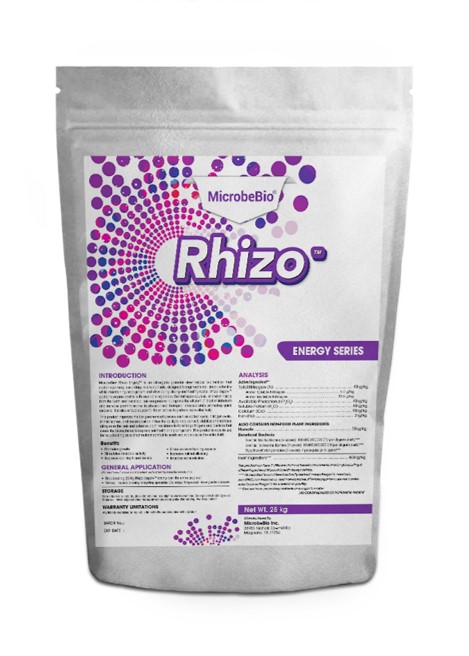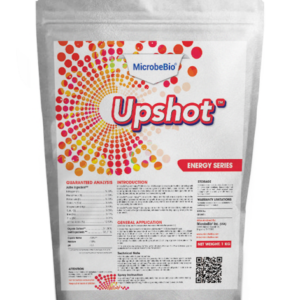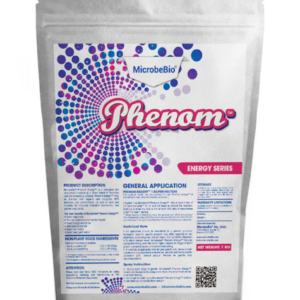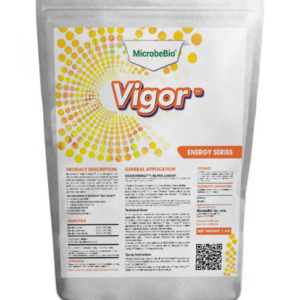Description

MicrobeBio® Rhizo Energy™ greatly enhances bio-geochemical processes such as the Carbon Cycle, Nitrogen Cycle, Mineralization, and Decomposition. It gives the soil the ability to better hold, convert, stabilize, and increase nitrogen.
MicrobeBio® Rhizo Energy™ ensures the absorption of the available bio-stimulants and helps fight the nutrient deterioration in nearby sources of water. This is possible thanks to a design that is meant to break down slowly in conjunction with the response produced by the plant, rather than merely dissolving in water. This results in a major reduction of groundwater leeching and excess runoff of nutrients.
MicrobeBio® Rhizo Energy™ will strengthen the entire plant’s root system, allowing the plant to grow stronger, bigger, and more vigorous. This leads the generation of a higher yield and better protection against pests, disease, and unfavorable environmental conditions.
MicrobeBio® Rhizo Energy™ is an all-around environmentally friendly agricultural product that minimizes nutrient pollution.
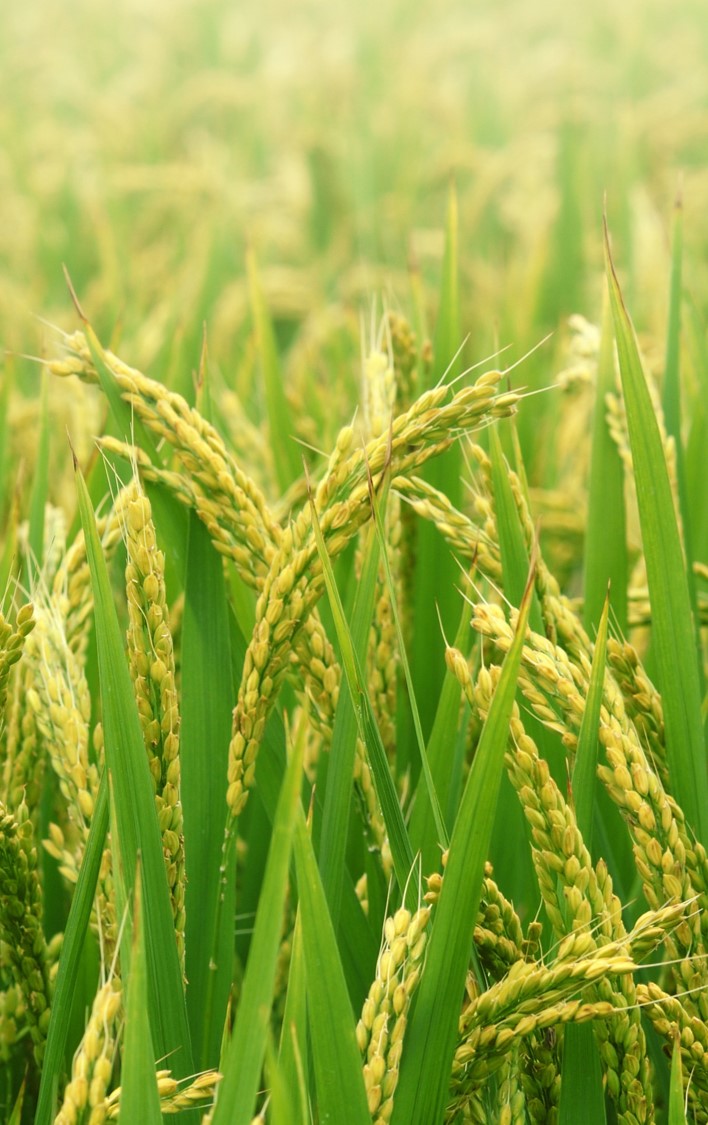
The MicrobeBio® Rhizo Energy™ provides the slow-release nutrients to apply to at least variant times per season. (Please contact our company for further detailed applications):
Root tubers and fruiting vegetables:
Fruiting vegetables – pumpkin, cucumber, bell peppers, eggplant, tomato, green beans, peas, etc.
Root tuber vegetables – sweet potato, cassava, beetroot, radish, carrot, onion, potato, etc.
Leafy vegetables:
Mustard leaves, bok choy, cabbage, lettuce, water spinach, spinach, broccoli, etc.
Industrial trees (long-term trees):
Cocoa, Coffee, Rubber trees, Black Pepper, etc.
Plantain / Banana:
Perennial grass of the family Poaceae:
Sugarcane
Cereals/Corn:
Rice, wheat, corn, barley, oat, sorghum, etc.
Tabacco
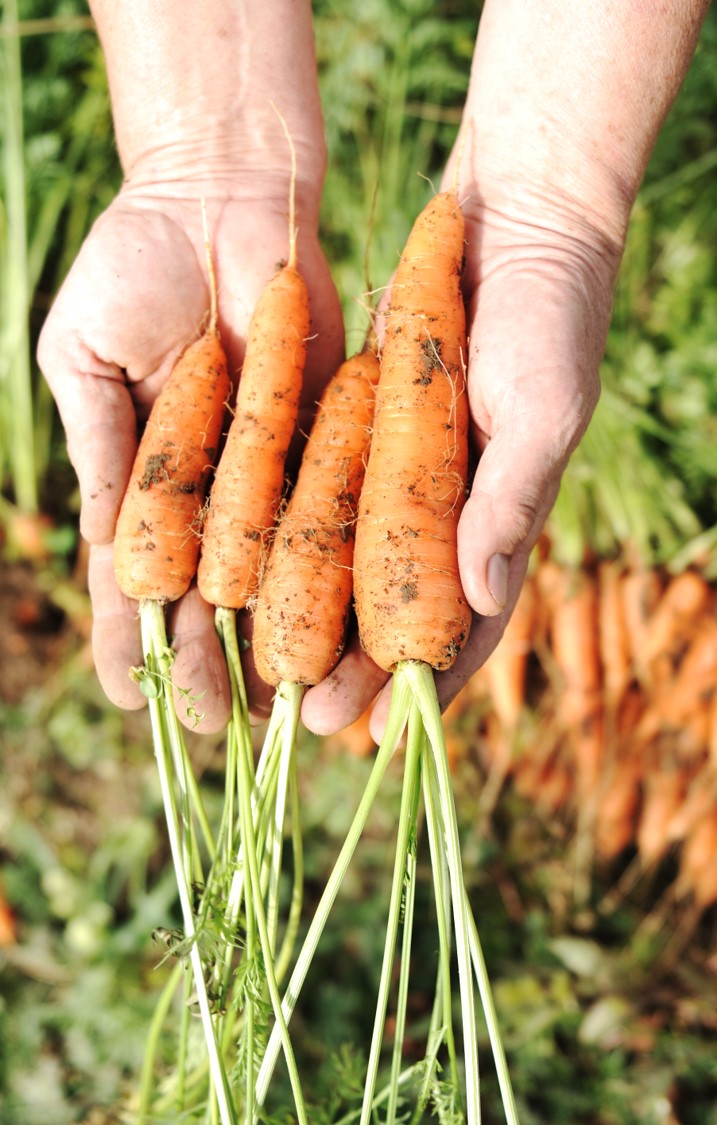
General Application and Dilution Instruction:
Spread 50 kg MicrobeBio® Rhizo Energy™ to treat 1 hectare.
We recommend using MicrobeBio® Rhizo Energy™ in a combination with other MicrobeBio® organic products lines for an optimal yield and defense against the plant-parasitic nematodes, pathogenic diseases, and harmful pests.
